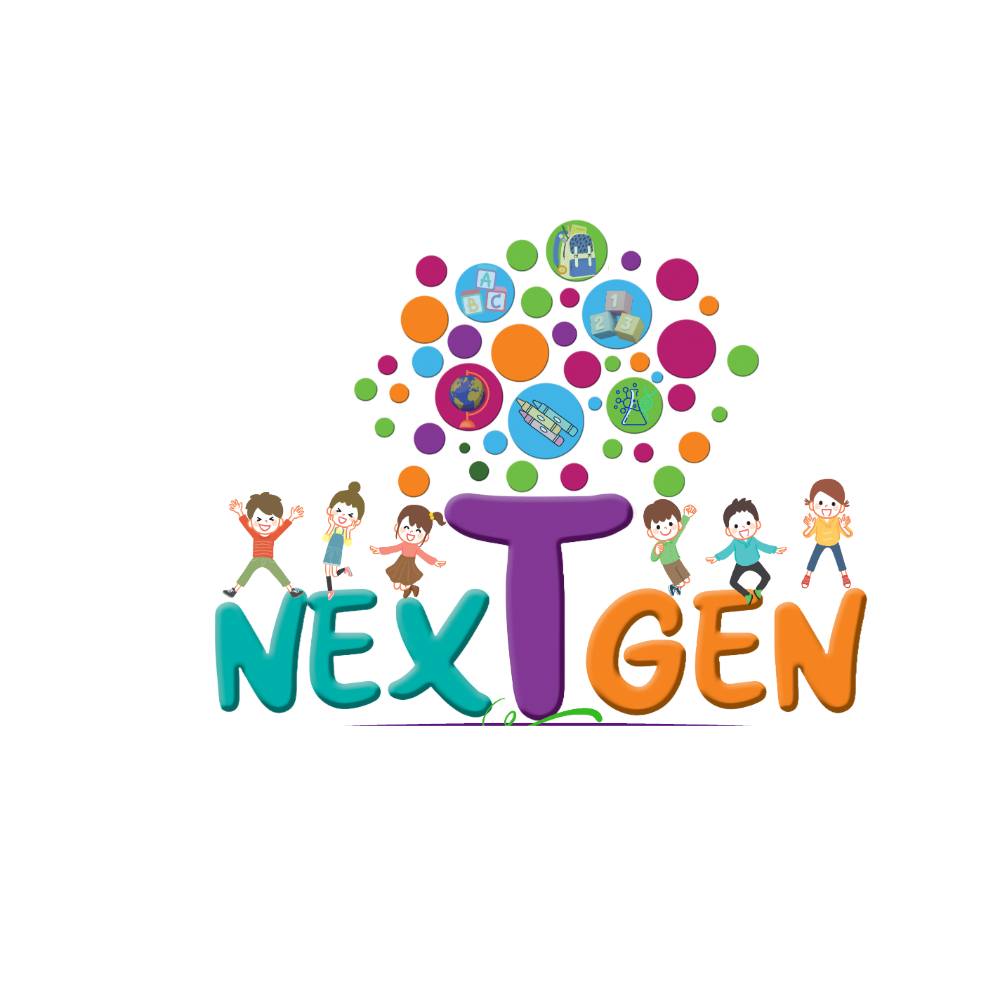
Curriculum
Learning Areas for Holistic Development
-
Reading and Language Development
Language-Rich Environment:
Reading Corners: Cozy reading areas stocked with a diverse selection of books encourage children to explore stories and develop a love for reading. Interactive books, storytelling props, and puppets enhance literacy experiences.
Story Sessions: Regular group story times with interactive elements such as questions, discussions, and role-playing foster language skills, comprehension, and a joy for literature.
Language Games: Games and activities focused on rhyming, letter recognition, and vocabulary building support language acquisition and communication skills.
-
Science Exploration
Hands-On Discovery:
Science Stations: Areas with tools like magnifying glasses, simple experiments, and sensory bins allow children to explore scientific concepts and natural phenomena. Themes change regularly to introduce new topics such as weather, plants, or animals.
Interactive Learning:
Experimentation: Guided simple science experiments, like mixing colors or observing the effects of water and sand, introduce children to basic scientific principles and encourage inquiry and hypothesis testing.
Sensory Exploration: Sensory tables with materials like water, sand, and textured objects provide opportunities for tactile learning and exploration.
-
Mathematics Foundations
Building Early Math Skills:
Counting and Number Play: Math areas with manipulatives such as counting bears, number puzzles, and sorting trays help children practice counting, sorting, and basic arithmetic. Activities involving pattern blocks, shape sorters, and matching games help children understand geometric concepts and develop spatial awareness.
Interactive Math Tools:
Measurement and Comparison: Tools like rulers, measuring cups, and balance scalesallow children to explore concepts of measurement and comparison th Tools:through hands-on activities.
Problem-Solving Games: Puzzles and games that require counting, matching, and logical thinking promote critical thinking and problem-solving skills.
-
Large and Small Muscle Development
Physical Activity and Coordination:
Gross Motor Play: Spaces for climbing, jumping, and balancing activities support large motor development and physical coordination. Outdoor play equipment and indoor movement activities provide ample opportunities for active play.
Dance and Movement: Music and movement sessions encourage rhythm, coordination, and physical expression through dance, yoga, and interactive games.
Fine Motor Skills:
Manipulative Play: Areas with small objects like beads, blocks, and craft supplies help children develop fine motor skills and hand-eye coordination through activities like threading, building, and cutting.

